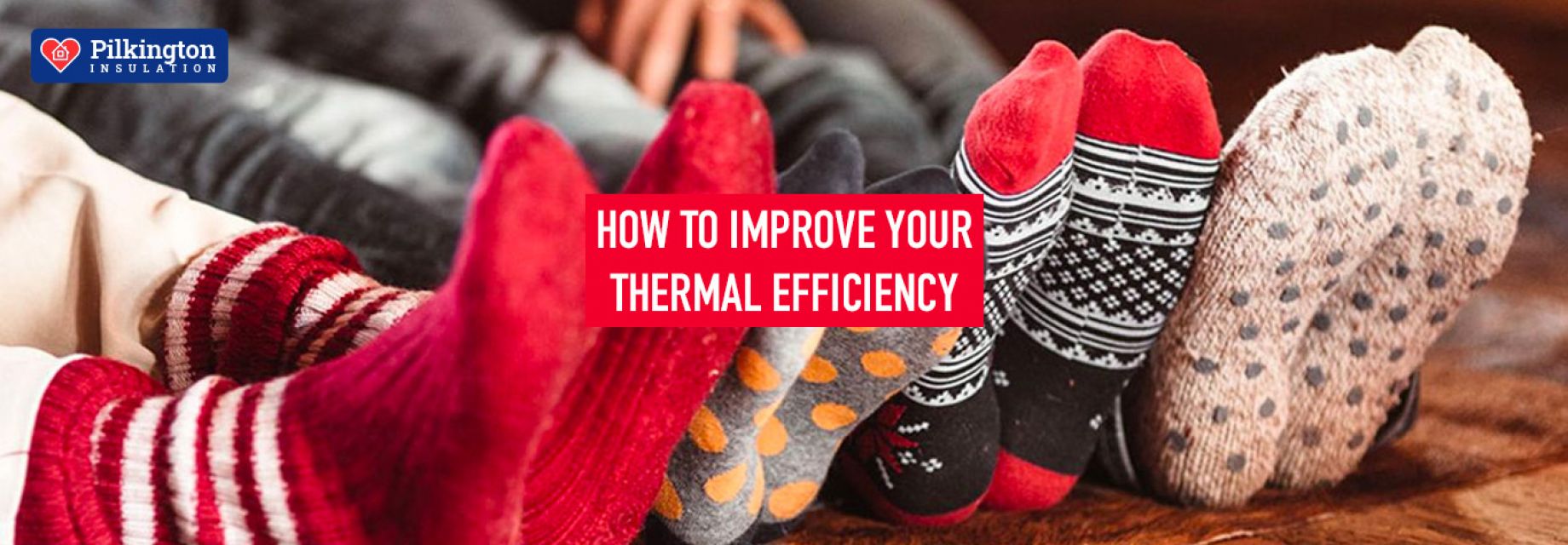
Improving your home’s thermal efficiency and the funding available to do so
With inflation going through the room and soaring energy prices, you may be looking for ways to improve your home’s thermal efficiency. Here are five ideas to help you improve your thermal efficiency and reduce your bills!
1) Make sure your house is insulated
Concentrating on insulation before anything else is a handy thing to do. If your house isn’t insulated in the roof and floor or if you want to upgrade the existing insulation, We recommend to look for a product with a high thermal resistance (commonly referred to as R-value). Choosing the right product is important as having gaps in the insulation reduces its effectiveness. Installing insulation properly ensures a nice and snug result.
We find many older New Zealand homes lack any form of insulation in the walls. Wall Insulation is something that’s often overlooked but makes a major dent on improving both energy and thermal efficiency. Insulating your walls is also more affordable than most realise.
Today, government grants are available which help to cover the cost in insulating your home. Additionally, major banks like ANZ and Westpac provide easy access to funding which help you fast track the process. Talk to us today about what funding options are available to insulate your home and improve its thermal efficiency.
2) Invest in good curtains
The right type of curtain would help to further improve your thermal efficiency. Windows are a weak point in any house, and a lot of heat escapes through them.
It’s important to make sure your curtains are sitting hard on the floor. Any gap between the floor and the curtain will allow cold air into your room. Layered curtains are the best. A test that could be done in winter is to pin a woollen blanket to the existing curtain or to the curtain rail, make sure it touches the floor, and sleep with it on for one or two nights. You’ll. likley notice it makes a big difference in the temperature of the room.
Another tip is to not sleep with your windows open and to not place your bed under your window. According to the World Health Organisation a living room should be at 20 degrees and a bedroom at 16 degrees for optimum health.
Sleeping in a room which is below 12 degrees puts extra strain on your cardiovascular system and below 9 degrees there’s a 25 per cent higher chance of getting a stroke or heart attack.
3) Ventilate your house properly
Many Kiwi’s don’t ventilate their house at the right time, or for the right amount of time. It’s best to open the windows for 15 to 20 minutes in the middle of the day, when the air outside is at its warmest. If you are not home during the day, then opening the windows for 5 minutes in the morning before you leave will do. Living in a damp house with condensation and mould can have a serious effect on your health.
You should always shut the door as soon as the bath or shower is being run. Put the bathroom fan on as well and then crack the bathroom window a little. This will clear the moisture out of the room.
Don’t keep the bathroom door open while showering as the moisture will escape and travel to other parts of your house. Once you’ve finished showering, keep the fan on for a while longer to clear out all the moisture.
A properly ventilated bathroom has no fog on the mirror and no condensation on the bathroom window and ceiling. Once you’ve checked that’s the case, you can shut the window, turn the fan off and open the door.
Drying your clothes outside, even in winter stops moisture from the dryer ending up in the house. Cooking also accumulates up to 3 litres of moisture a day, so it’s important to turn your rangehood on every time you cook.
4) Ways to reduce your energy consumption and improve thermal efficiency
Heating hot water amounts to a third of the annual power bill for an average home. High pressure showers end up bursting out between 30 and 38 liters per minute.
Changing shower heads to a water efficient type or putting in a flow restricter can lower the flow to about 9 liters a minute, a huge saving on both water as well as energy to heat it.
It’s also worth replacing all the light bulbs in the house with LED lights. A normal light bulb has around 1000 hours. A LED light has a life of about 30,000 to 50,000 hours. LED lights are more expensive at first, but what you save in power will pay for the bulb in a year. If you can’t afford to refit all the bulbs in your house, start with the rooms being used the most.
Heat pumps or wood burners are the best forms of heating. Use a fan heater instead of an oil column heater if you need to. A fan heater will heat your room three times faster. Unflued gas heaters expel roughly a litre of moisture every hour and they can also have very bad health affects.
Our Summary
Hopefully you are now armed with several ideas to home’s thermal efficiency. If you’re interested in insulating your home and would like to chat to us about possible funding options – get in touch with us here. One of our friendly team members would be happy to discuss your specific requirements. Arrange a free home assessment of your property today.
